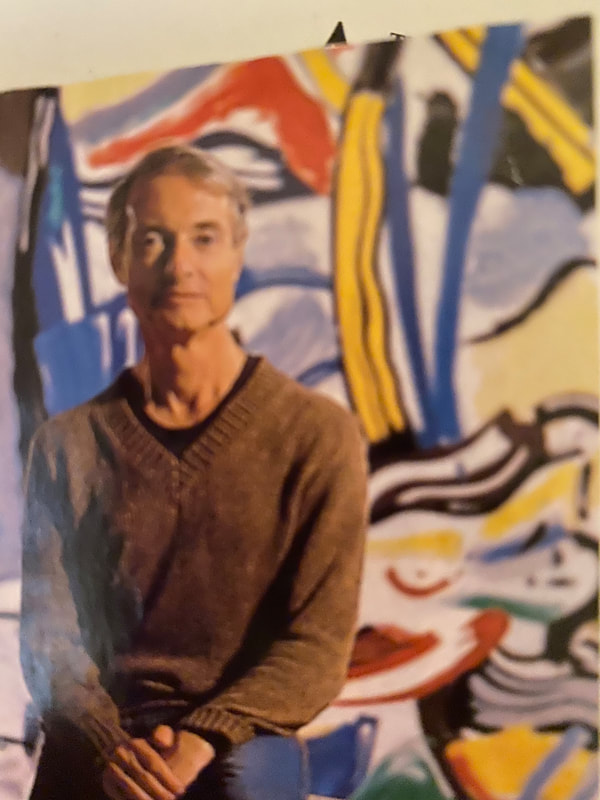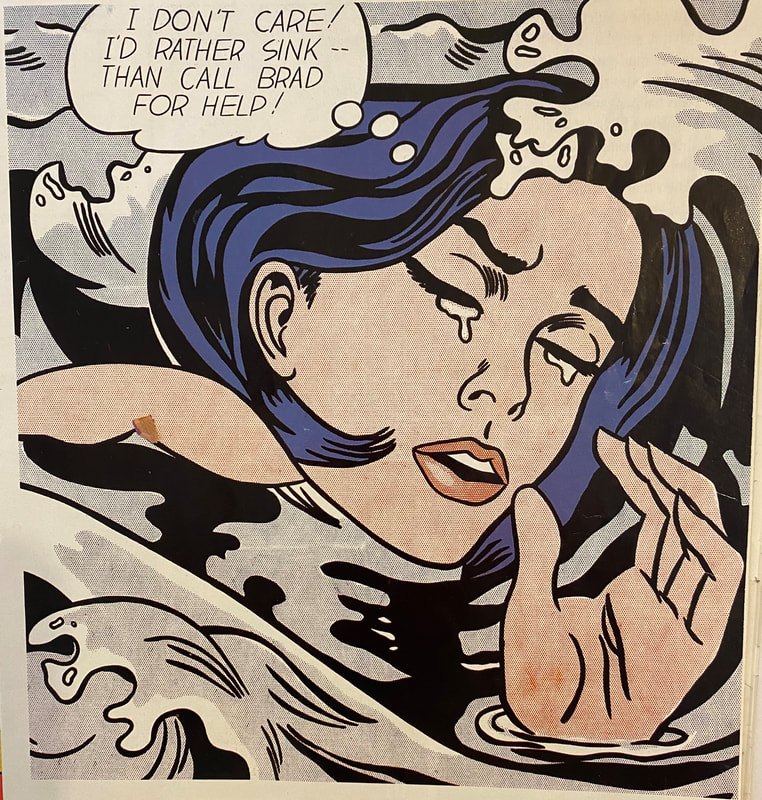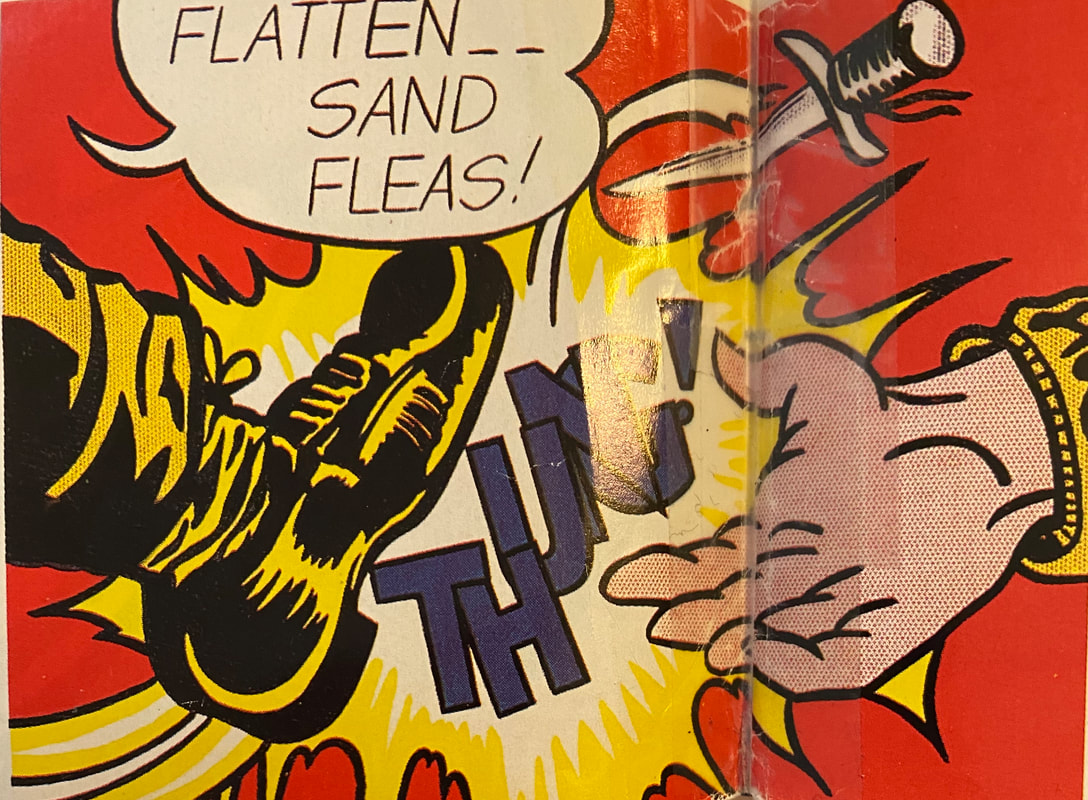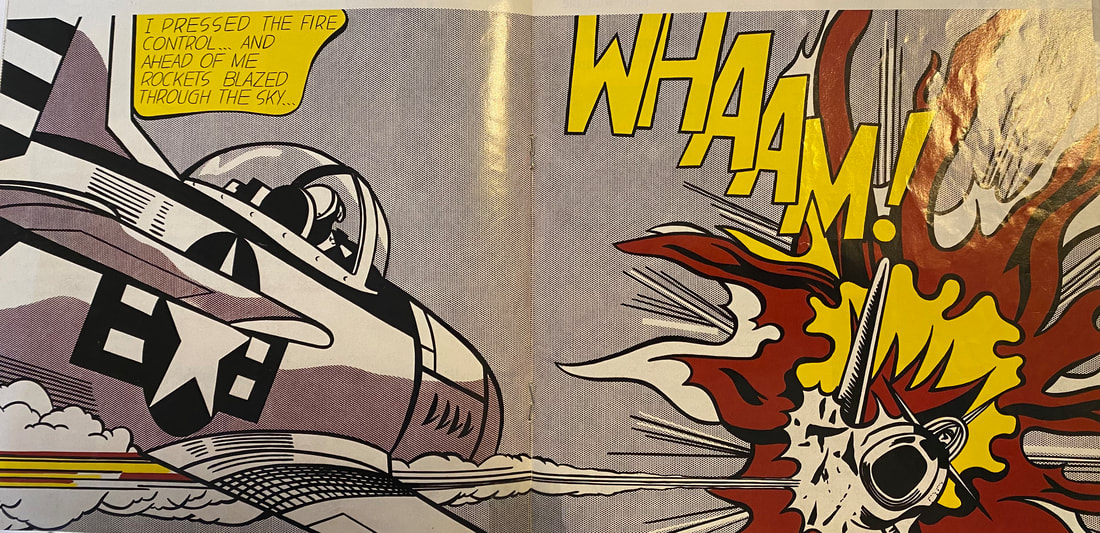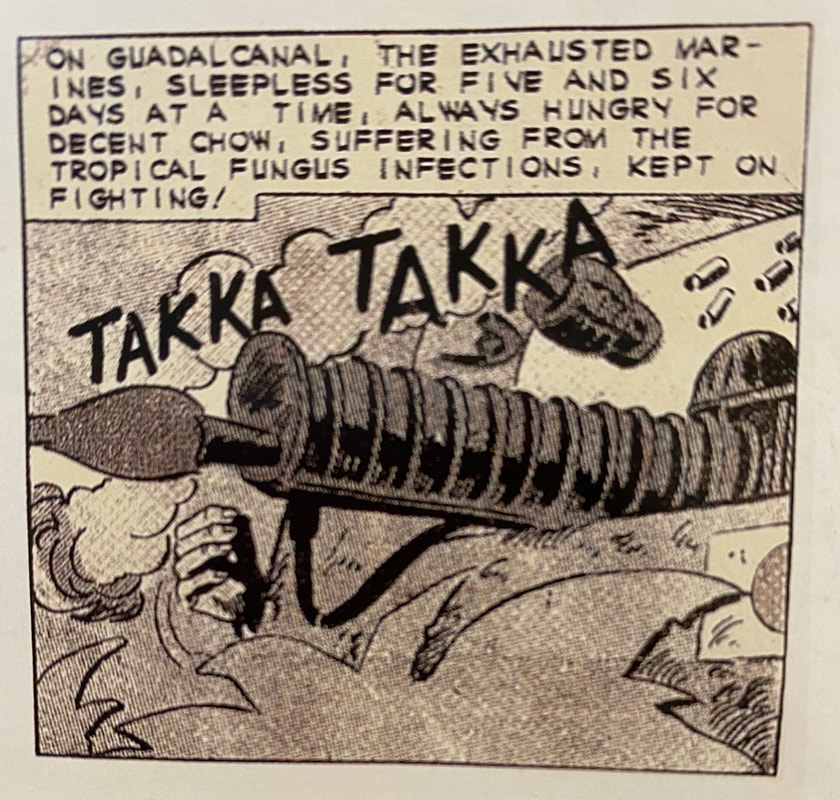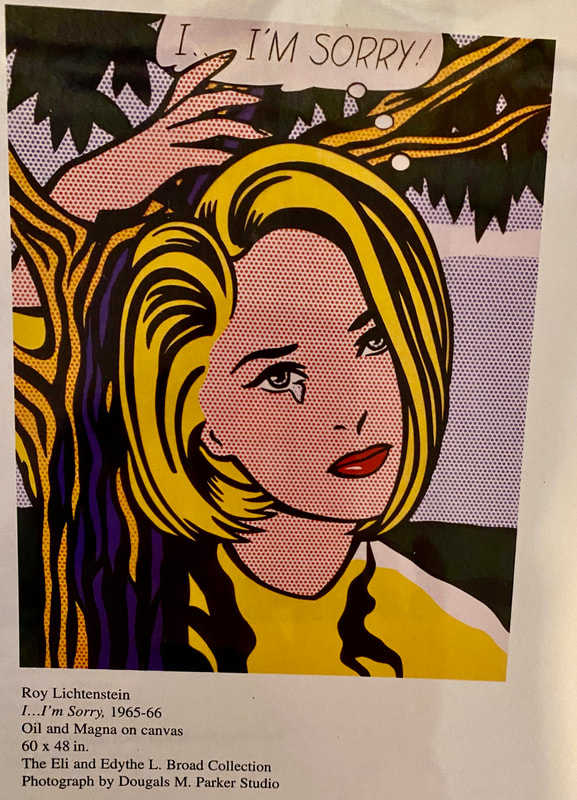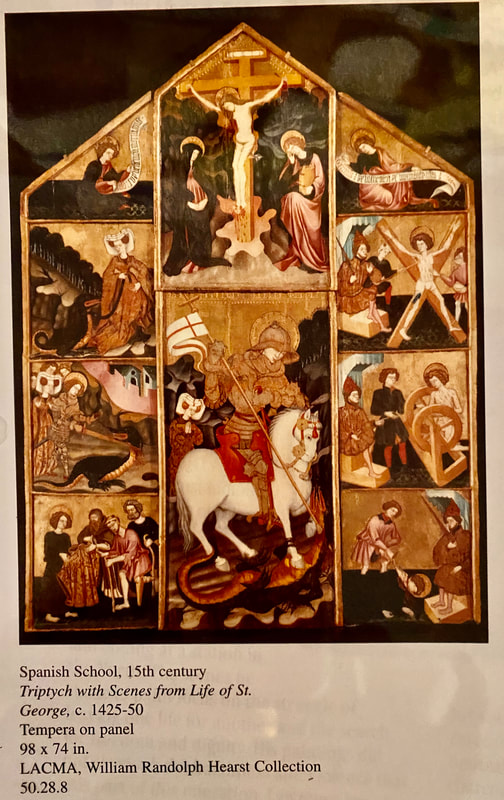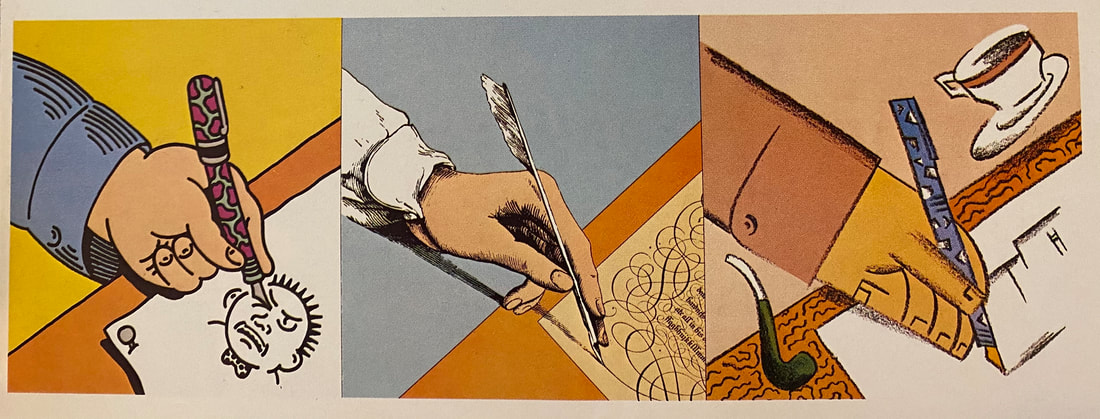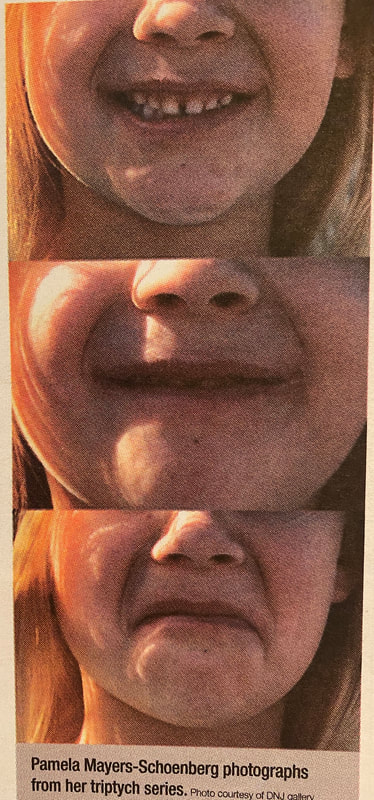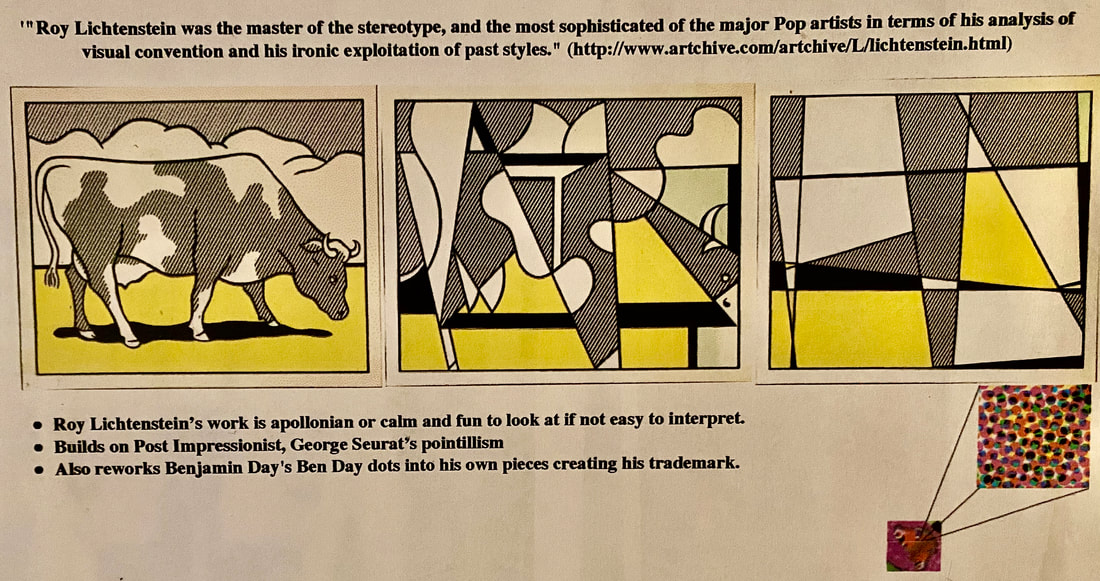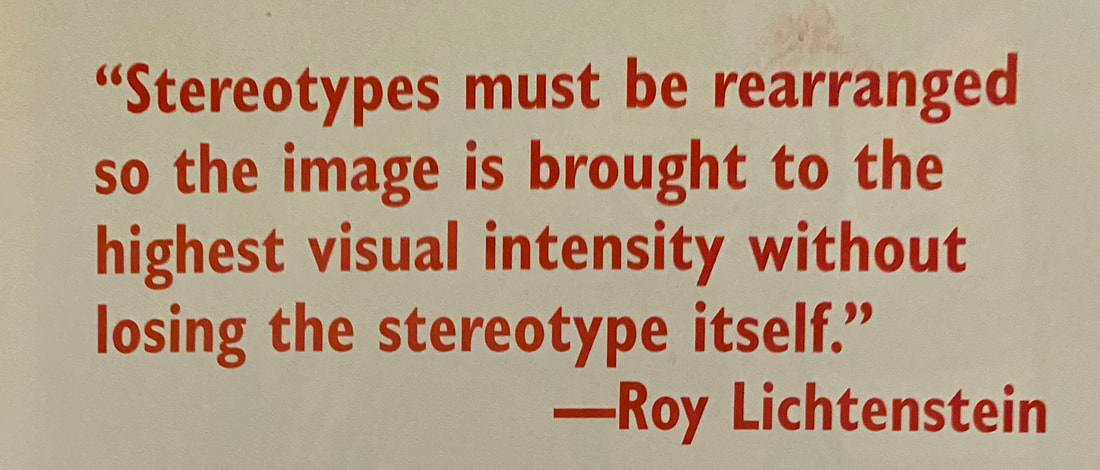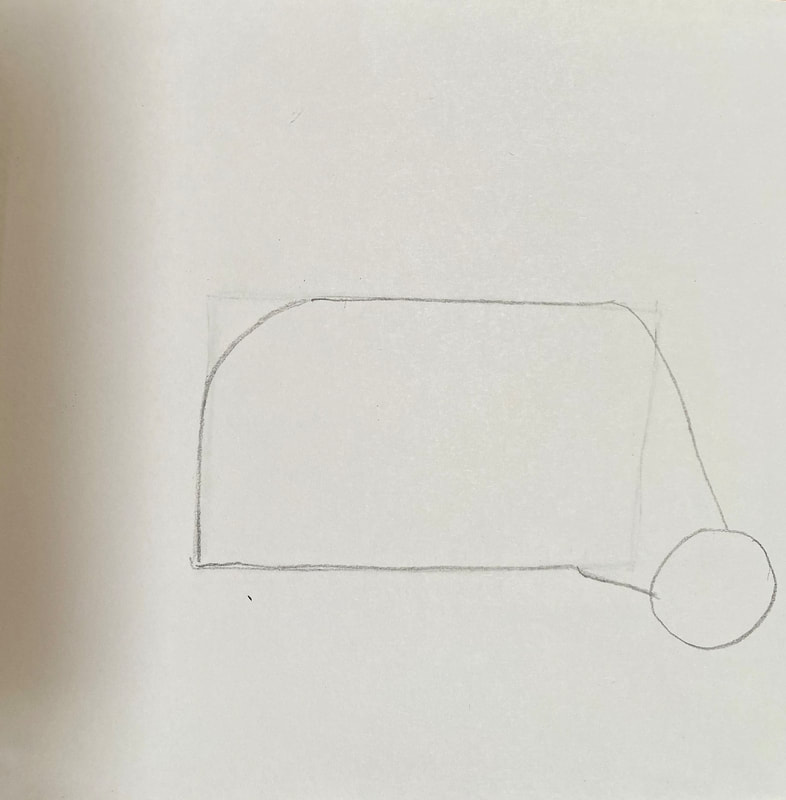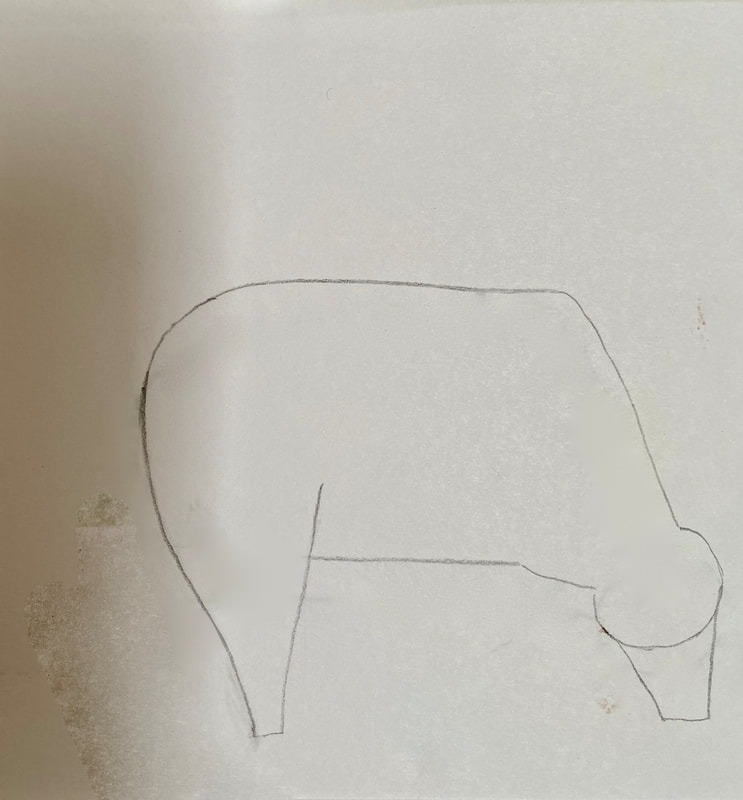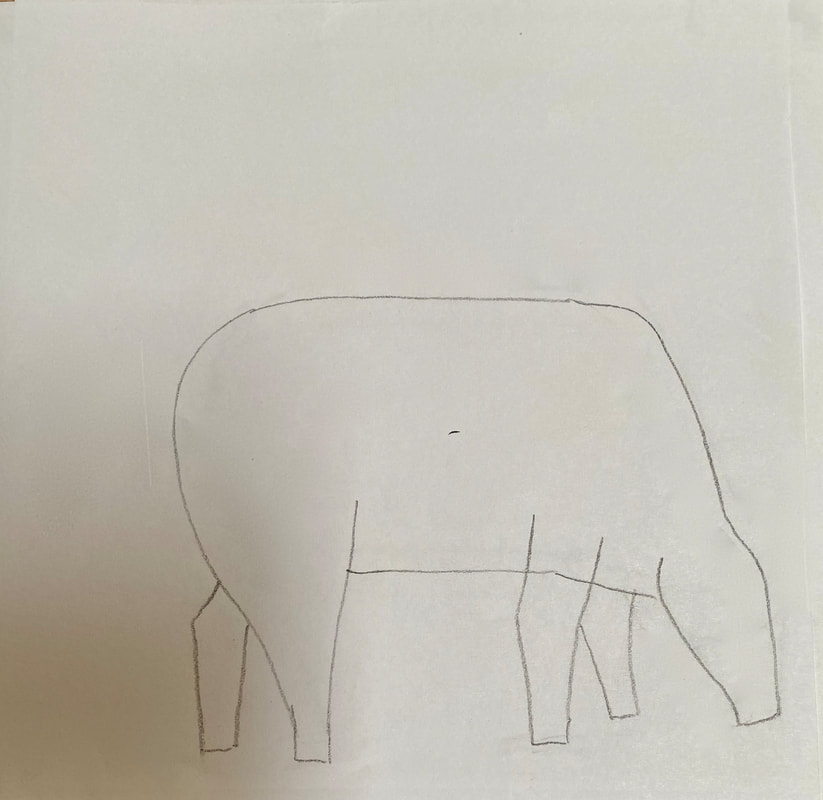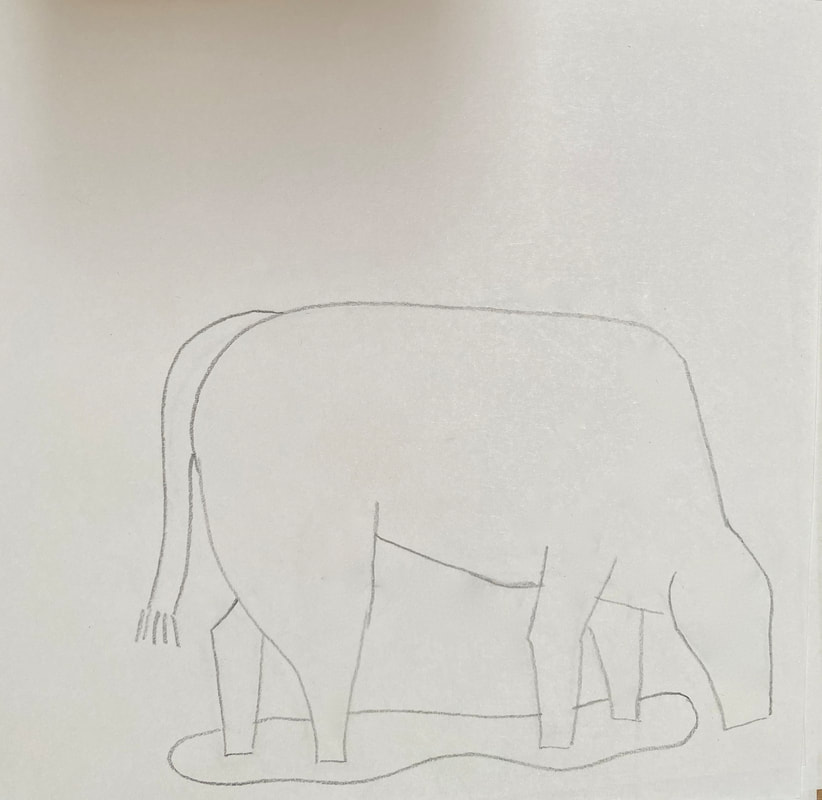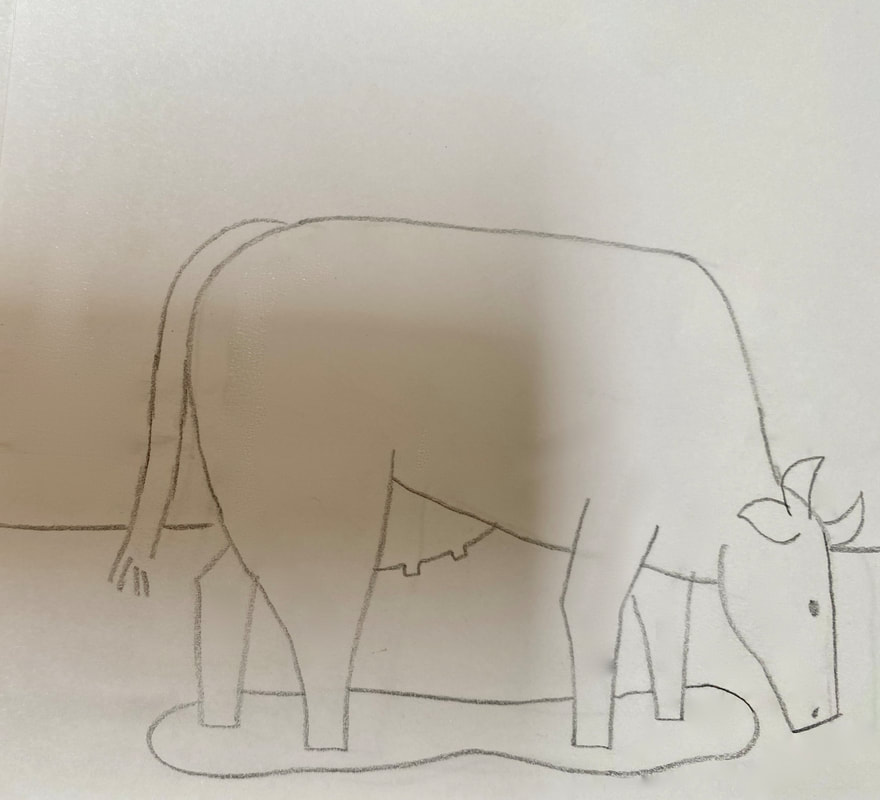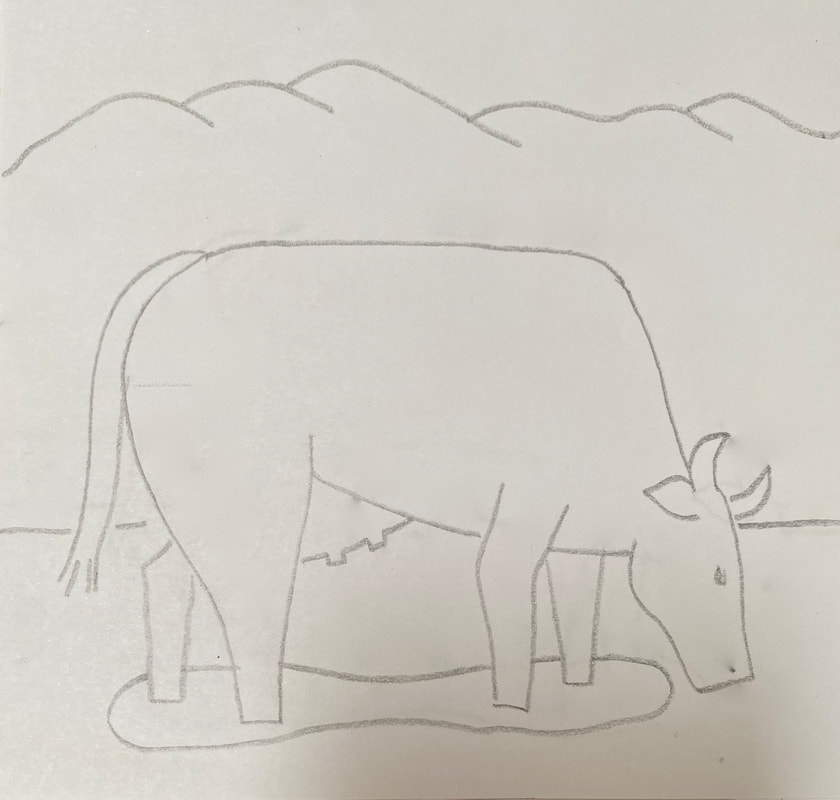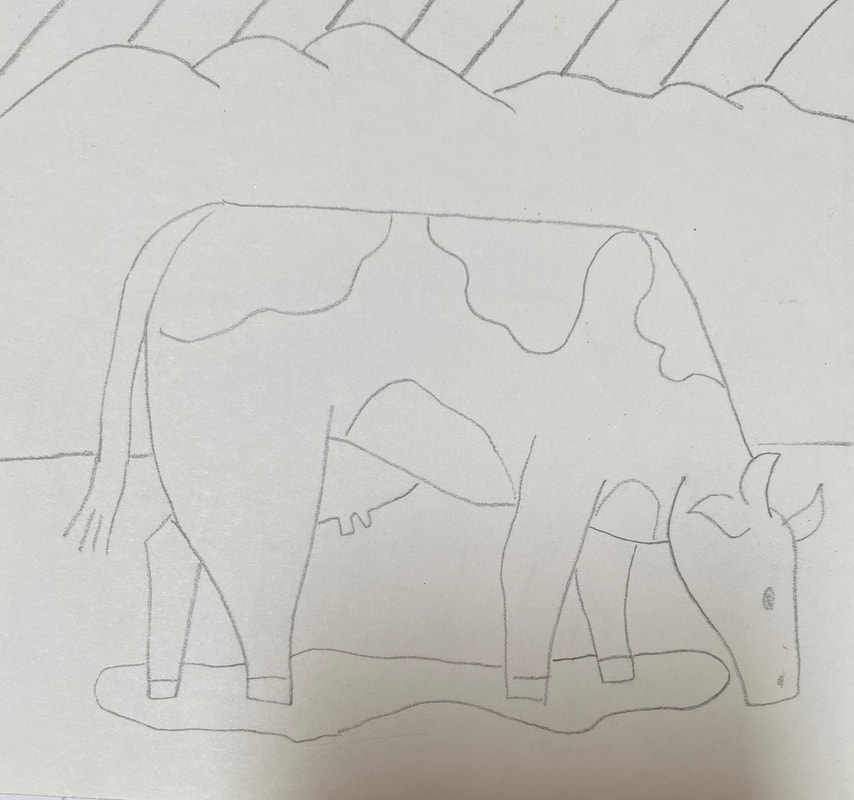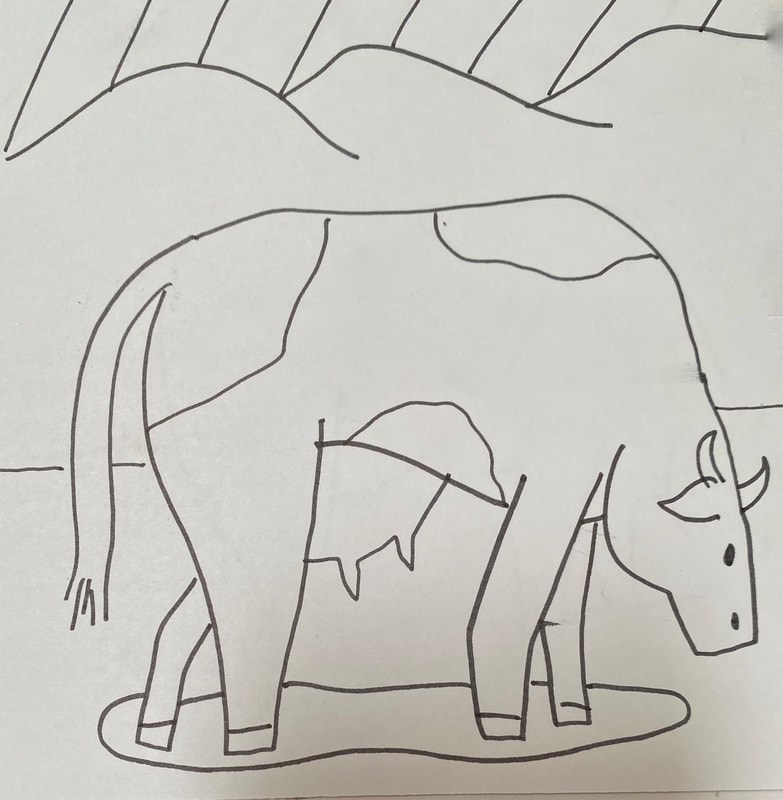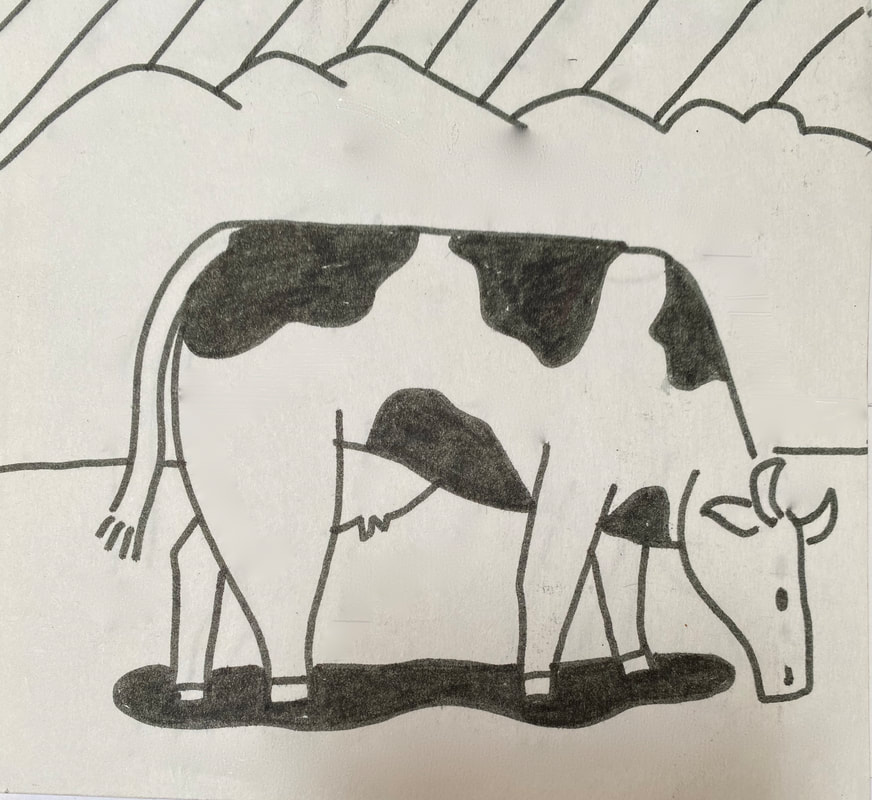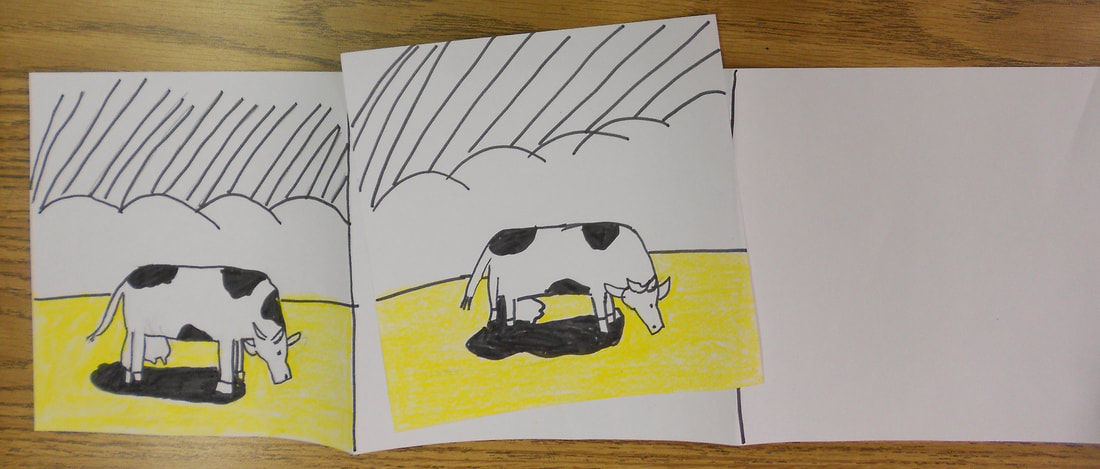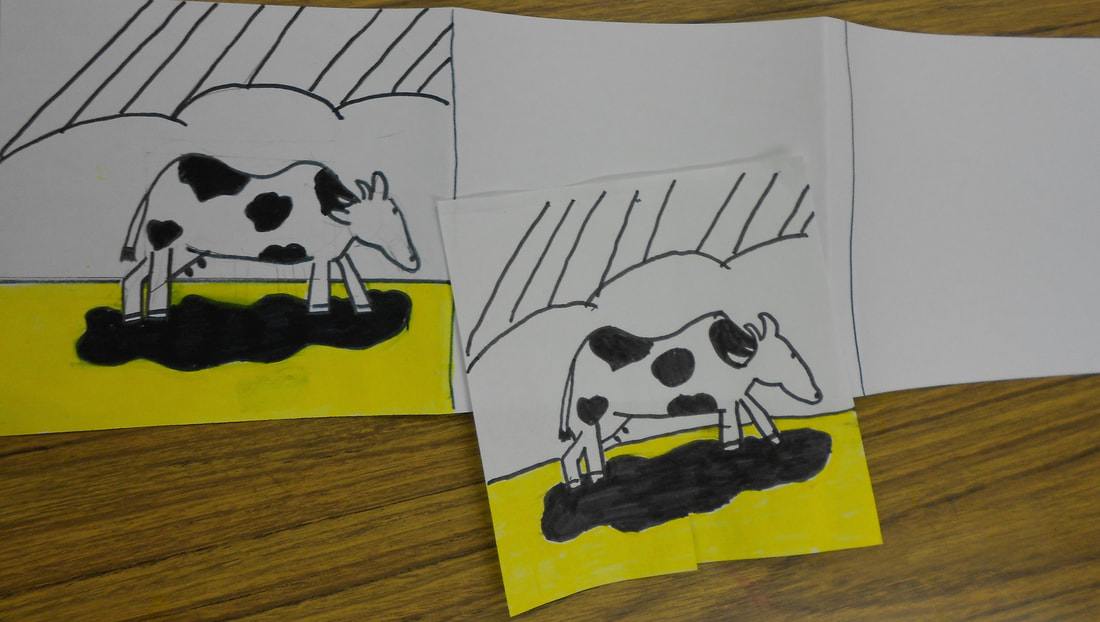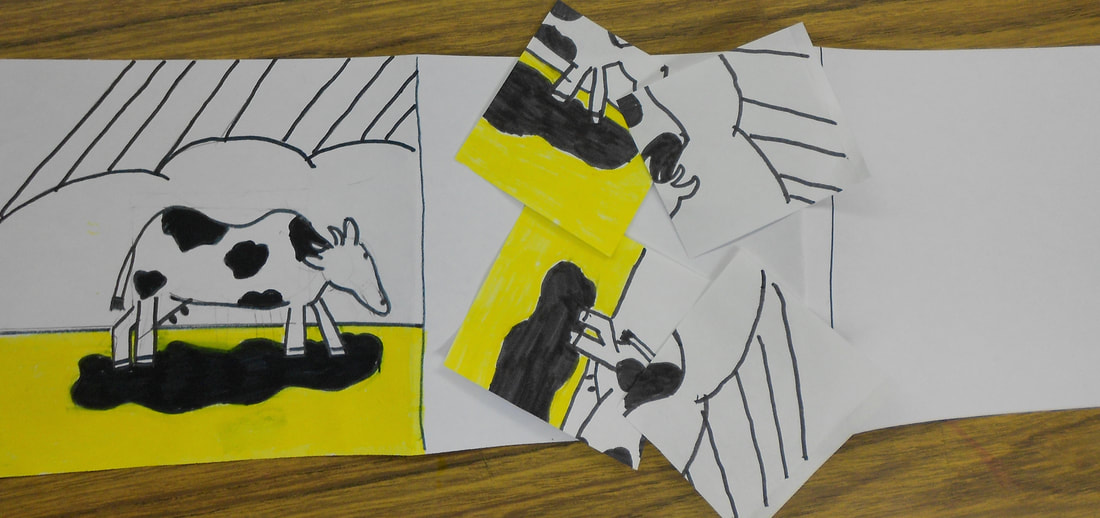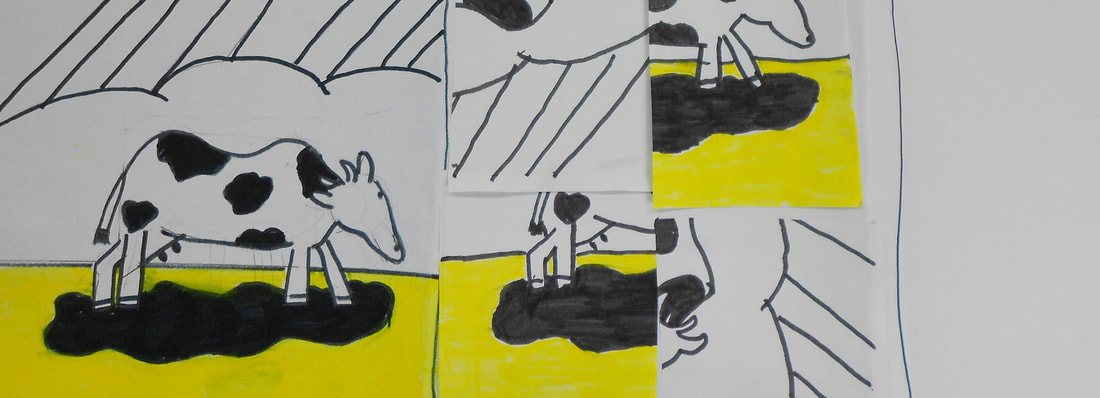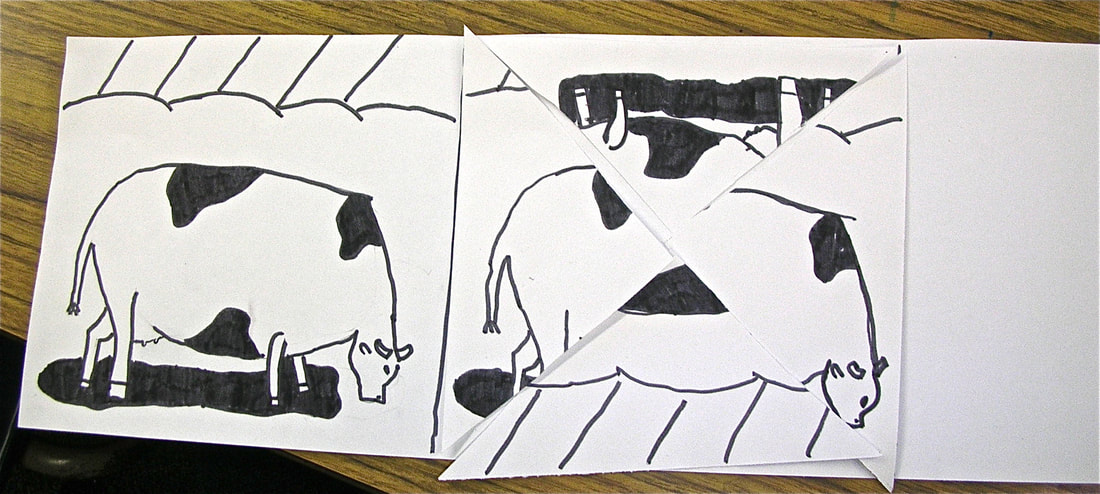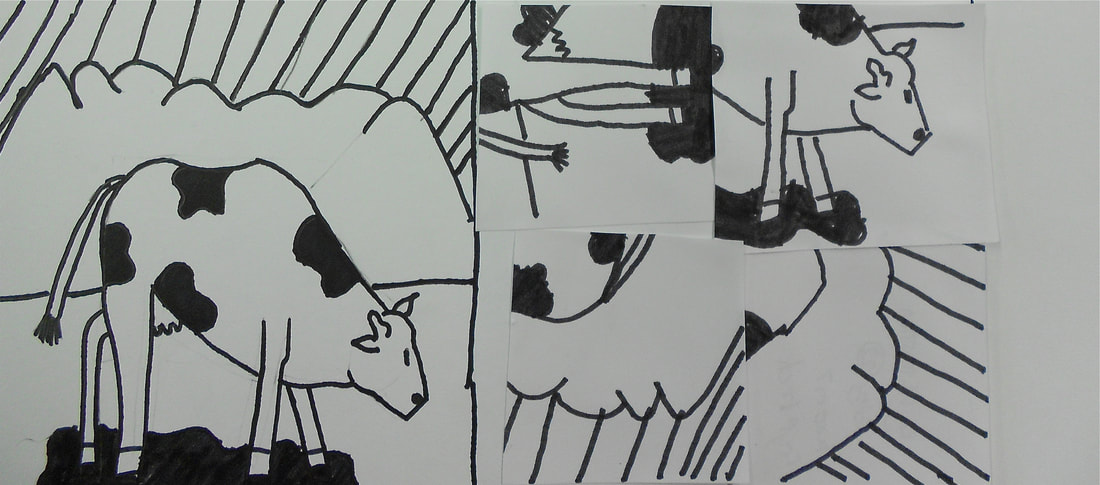roy lichtenstein triptych
The following is a 3th grade art lesson on the Pop Artist Roy Lichtenstein. In the lesson students learn how to draw a cow from illustrations, real life images, as well as their imagination. Students learn the difference between abstract + realistic images + how to get from one to another, in the mind of an artist. The lesson uses the artist's art piece for inspiration.
Scroll down to find:
Scroll down to find:
- examples of Lichtenstein images
- information on the featured artist
- step-by-step instructions with pictures of the project
- a lesson plan (including California State Visual Art Standards)
info + photos on featured artist
|
Roy Lichtenstein
|
Triptych used for project - "Cow Going Abstract" (Triptych) 1982 - Set of 3 - each screen print is 26'x30.7" (single sheet) - one panel signed in pencil - measurement for Triptych is 26"x92.1" unframed
step-by-step instructions + artist's quotes
|
- "I want to create a new piece of art that has qualities different from the original"
- " I want to make art so awful, no one will hang it" - quotes by Roy Lichtenstein |
"My work is unlike the original comic strip in that every mark is in a different place. The difference may not be great, but it is crucial." - quotes by Roy Lichtenstein |
1. draw a rectangle - as shown
|
|
2. curve upper corners - add 2 diagonal lines for neck on lower right corner - add circle as shown
|
3. add lines for hind leg - add lines under circle as shown -erase line going thru leg
|
3. add other legs as shown - erase lines in circle - erase lines going thru legs onside of body closest to viewer as shown - legs on opposite side of body end at stomach line + are shorter because they are farther away
|
|
|
|
|
- glue 4 pieces down - NOTE: NOT how it should be, mixed up
|
- 3rd section has all of the art elements from the first cow illustration - straight lines, curve lines, solid black areas, solid black areas, diagonal stripes - but in 3rd section the elements create an abstraction of the first section
|
- Black + white sample - cut center image diagonally - corner to corner
|
objective
Students will learn about Pop artist Roy Lichtenstein. They will learn fo his Triptych, what it is + how to produce their own work of art in the featured artist's style. This lesson actually show students how to transition from a realistic cow to an abstraction their illustration in simple, 3 steps.
materials
- white paper 12"x18" cut in half
- white paper 6"x6"
- pencils
- erasers
- thin black markers
- yellow marker
- white paper 6"x6"
- pencils
- erasers
- thin black markers
- yellow marker
activity
- Explain + show examples of Triptych + Pop art.
- Show students examples of artworks created by our featured artist.
- Photographs of actual black + white cows are needed for reference .
- Show students examples of abstract + realistic art for inspiration + reference
- .Explain that when copying an original art piece, one needs to try to duplicate their art as close as possible to the original piece.
- See step-by-step examples given.
- Students will need 2 realistic drawing of the cow. (1st section, 2nd section cut apart)
vocabulary
- Abstract - Artwork in which the subject matter is stated in a brief, simplified manner. Little or no attempt is made to represent images realistically, and objects are often simplified or distorted.
- Balance - Visual equilibrium in a composition; achieved by organizing the weight and attention of all elements in an artwork. Types of balance are symmetrical, asymmetrical, radial, and crystallographic.
- Expressive Content - Ideas that express ideas and moods.
- Harmony - The principle of design that combines elements in a work of art to emphasize similarities of separate but related parts.
- Pop Art - An art movement which emerged from the United Kingdom + the United States during mid-to-late 1950's. the movement presented a challenge to traditions of fine art by including imagery from popular + mass culture, such as advertising, comic books, + mundane mass-media produced items.
- Proportion - The size relationships of one part to the whole and of one part to another.
- Realistic -
- Scale - The size of an object or image that is measured by its relationship to the other objects and images that are recognized for their normal or actual size.
- Space - An area in which objects or images can exist.
- Shape - A two-dimensional are or plane that may be open or closed, free-form or geometric. It can be found in nature or is made by humans.
- Style - A set of characteristics of the art of a culture, a period, or a school of art. It is the characteristic expression of an individual artist.
- Triptych - A work of art which is divided into 3 sections, or 3 carved panels that are hinged together + can be folded closed or displayed open. It is a type of polyptych, the term for all multi-panel works. Also a set of 3 associated artistic, literary, or musical works intended to be appreciated together.
- Visual Literacy - Includes thinking and communication. Visual thinking is the ability to transform thoughts and information into images; visual communication takes place when people are able to construct meaning from the visual image.
- Unity - Total visual effect in a composition
variation
- students choose their own subject matter to transform to an abstraction
- illustrate the same item in 3 various art styles (e.g. shown above of hand + pen/pencil
ca state visual art standards
1.0 ARTISTIC PERCEPTION
Analyze Art Elements and Principles of Design
1.5 Identify and describe elements of art in works of art, emphasizing line, color, shape/form, texture, space, and value.
3.0 HISTORICAL AND CULTURAL CONTEXT
Diversity of the Visual Arts
3.5 Write about a work of art that reflects a student's own cultural background.
5.0 CONNECTIONS, RELATIONSHIPS, APPLICATIONS
Visual Literacy
5.3 Look at images in figurative works of art and predict what might happen next, telling what clues in the work support their ideas.
Analyze Art Elements and Principles of Design
1.5 Identify and describe elements of art in works of art, emphasizing line, color, shape/form, texture, space, and value.
3.0 HISTORICAL AND CULTURAL CONTEXT
Diversity of the Visual Arts
3.5 Write about a work of art that reflects a student's own cultural background.
5.0 CONNECTIONS, RELATIONSHIPS, APPLICATIONS
Visual Literacy
5.3 Look at images in figurative works of art and predict what might happen next, telling what clues in the work support their ideas.
